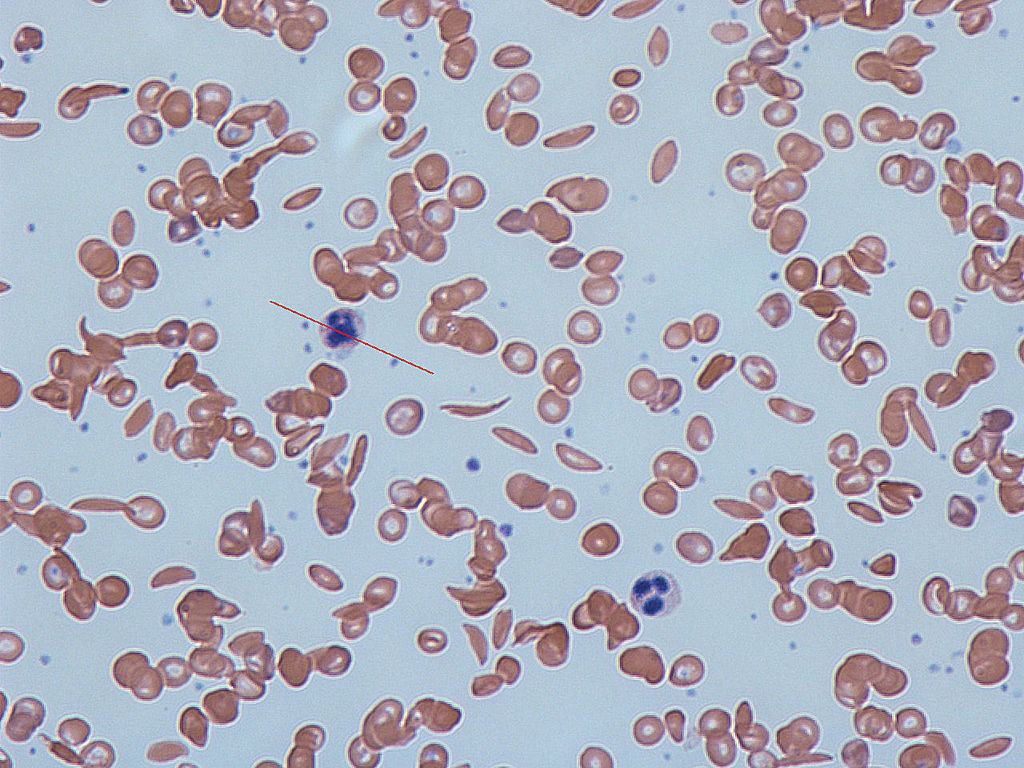| << Chapter < Page | Chapter >> Page > |
Michael A. Arbib, Towards a Theoretical Biology: An IUBS Symposium, 1969
Changes in the DNA sequence of a gene are known as mutations . Because genes code for and are translated into proteins, mutations often (but not always) result in changes in the sequence of amino acids in those proteins. Changes in the amino acid sequence can modify or even completely destroy protein function. Proteins have many functions within cells, and a change in those functions results in a change in the phenotype of that cell or organism. So a mutation as simple as a single base change in a DNA sequence can have dramatic effects on phenotype. One of the best examples of this phenomenon can be observed when mutations occur in the gene for one of the protein components of the red blood cell protein we call hemoglobin.
A major component of the erythrocytes (red blood cells) found in vertebrates is hemoglobin . A molecule of hemoglobin from a normal adult human contains 4 proteins (two identical alpha polypeptides and two identical beta polypeptides) surrounding a core of heme (contains complex molecule containing an atom of iron which can combine reversibly with oxygen). Thus, hemoglobin functions as the major oxygen-carrying constituent of blood. Because of hemoglobin, a given volume of blood can carry far more oxygen than could be dissolved in an equal volume of water.
The polypeptides that make up the hemoglobin are produced by the processes of transcription and translation. So, the instructions for making the polypeptides are stored in the DNA, and the specific region on the DNA that codes for the polypeptide is called a gene . The physical location of the gene on the chromosome is the locus . If you remember from the earlier section on protein structure and function, the sequence of amino acids in a polypeptide can have a significant effect on the overall function of the protein. Since the sequence of nucleotides in the DNA codes for a particular sequence of amino acids in the polypeptide, it is logical to conclude that changes in the nucleotide sequence in the DNA can change the sequence of amino acids in the polypeptide and thereby changing how the polypeptide functions.
In many human populations, particularly those with origins in Central Africa or the Mediterranean, there are individuals who suffer from severe anemia and whose blood contains numerous distorted, sickle-shaped erythrocytes ( [link] ). Hence, the disease was given the name sickle-cell anemia.

Sickle-cell anemia is one of the most studied and well-understood genetic diseases. In spite of this level of understanding, there is currently no effective treatment for the disease. Experimental bone marrow transplants have cured the disease in some patients, but bone marrow transplants are currently recommended in only a handful of cases. In the United States alone, there are 50,000 individuals with sickle-cell anemia.

Notification Switch
Would you like to follow the 'Principles of biology' conversation and receive update notifications?